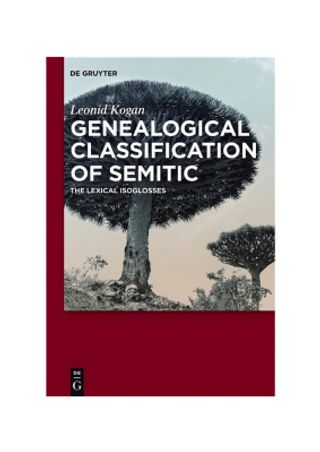?
Genealogical Classification of Semitic. The Lexical Isoglosses
This volume is the first of its kind to offer a detailed, monographic treatment of Semitic genealogical classification. The introduction describes the author's methodological framework and surveys the history of the subgrouping discussion in Semitic linguistics, and the first chapter provides a detailed description of the proto-Semitic basic vocabulary. Each of its seven main chapters deals with one of the key issues of the Semitic subgrouping debate: the East/West dichotomy, the Central Semitic hypothesis, the North West Semitic subgroup, the Canaanite affiliation of Ugaritic, the historical unity of Aramaic, and the diagnostic features of Ethiopian Semitic and of Modern South Arabian. The book aims at a balanced account of all evidence pertinent to the subgrouping discussion, but its main focus is on the diagnostic lexical features, heavily neglected in the majority of earlier studies dealing with this subject. The author tries to assess the subgrouping potential of the vocabulary using various methods of its diachronic stratification. The hundreds of etymological comparisons given throughout the book can be conveniently accessed through detailed lexical indices.
